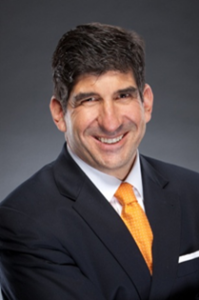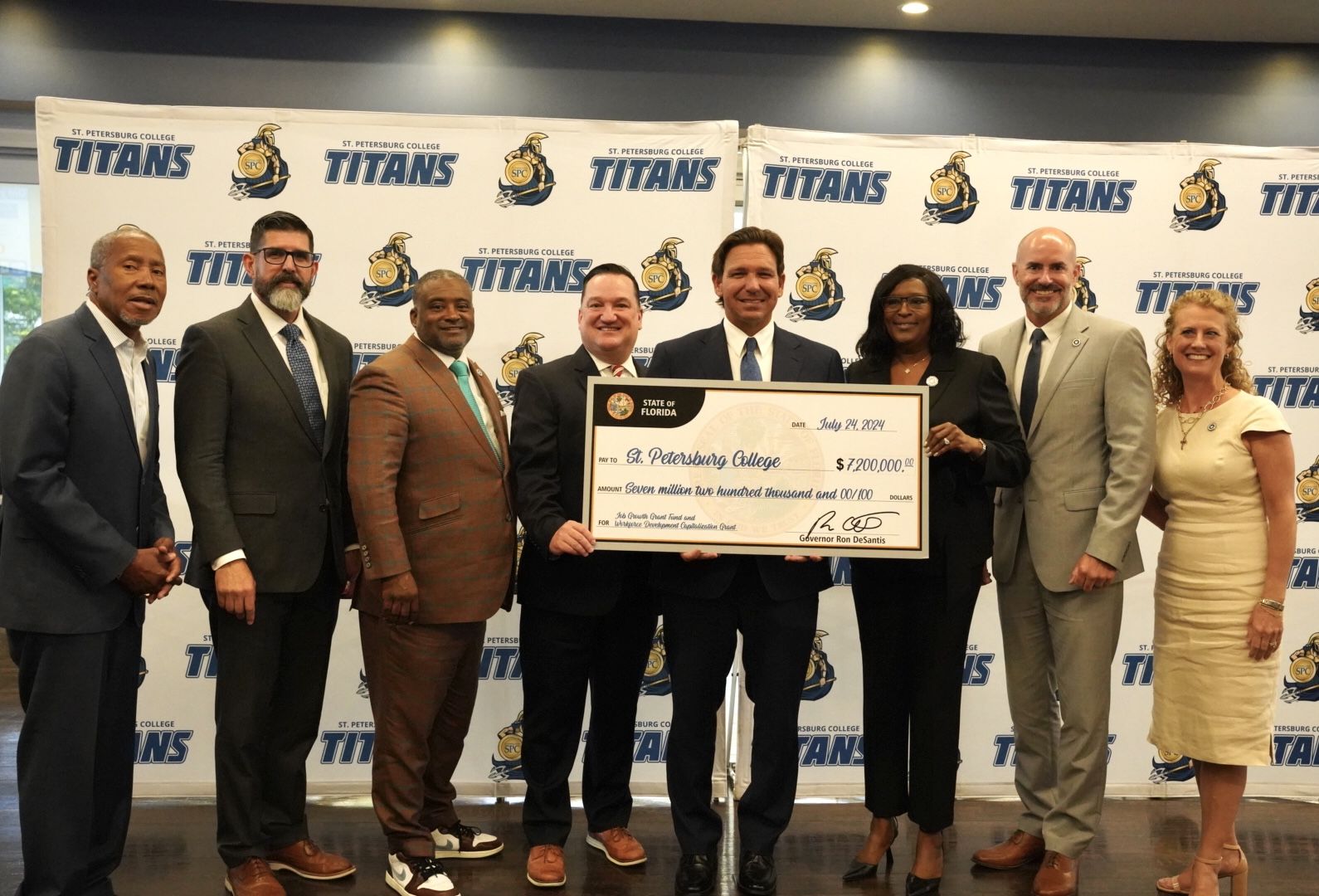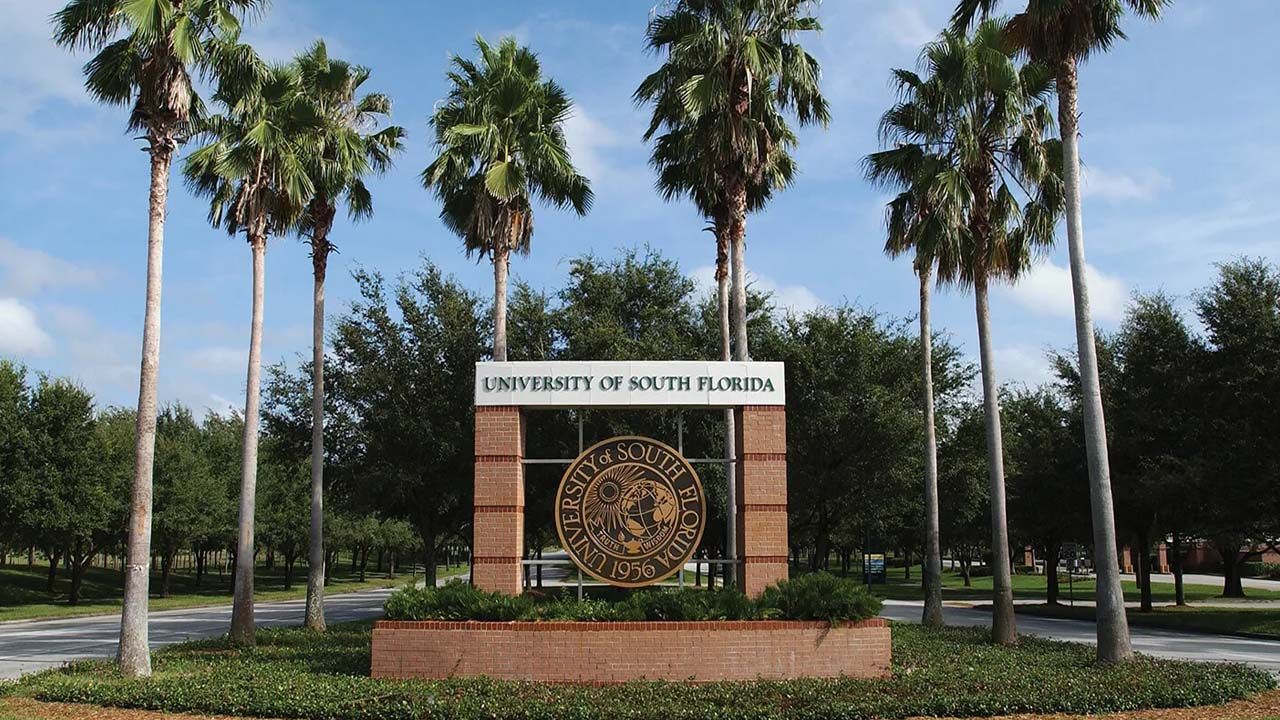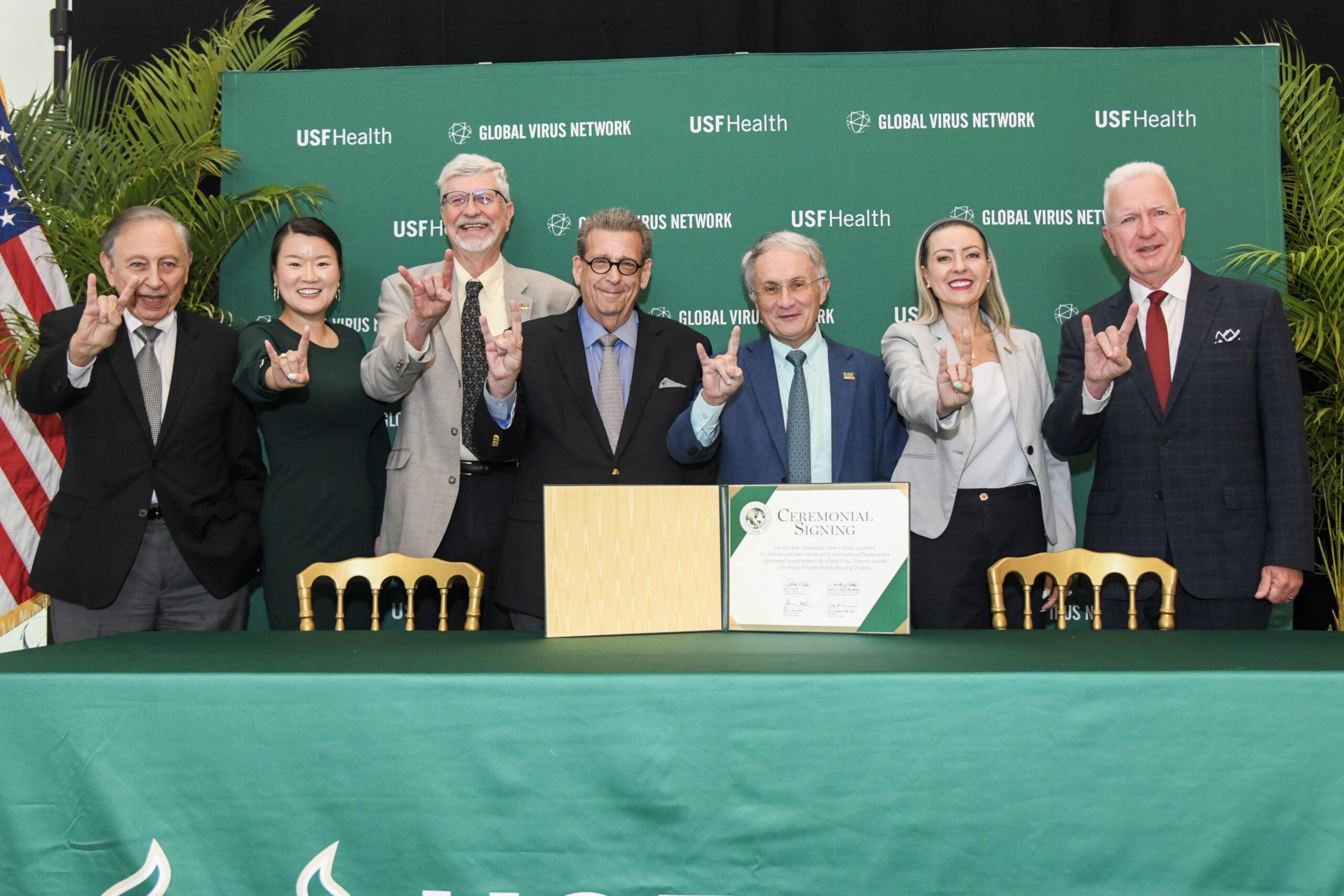Tampa Bay Business and Wealth reached out to leaders in their respective industries to see what trends they are seeing and what they mean.
Here’s what they had to say.
BANKING & FINANCE
By Chris Nichols, director of capital markets, SouthState Bank

It’s never been harder to be in the economic forecasting business than it is today. The U.S. economy is in a place it has never been, and so many old assumptions, theories and frameworks no longer apply. It is anyone’s guess what the future brings, but I will try to break it down to provide a clearer picture of what might be ahead.
The future is bright, but before we get into the economic upside, we will start with the sizable risks. First, the potential impact of the next COVID-19 variant cannot yet be dismissed. At any time, a more potent mutation can arise, causing a pullback in spending while causing more significant supply chain disruption.
While it is likely that our current vaccine set confers some level of protection and our biomedical capabilities likely can produce a more customized vaccine in under 90 days, another jump in hospitalizations would result in other lockdowns, restrictions and mandates that would all have a negative impact on the economy.
The threat of higher inflation and potentially stagflation is the next prominent concern. The Federal Reserve’s favorite inflation measure, Personal Consumptions Expenditures, is at a near-term high of 4.6%, a level not seen since the first quarter of 1990. The last time inflation jumped this fast was 1973, and the Rolling Stones had just released Angie. While it is arguable if this jump in inflation is transitory, if it’s not, expect the Federal Reserve to raise rates faster than the two current rate increases expected in 2022.
If inflation remains substantially above the 2% target level, expect a healthy debate over if inflation results from the tight supply of goods or the strong demand. Higher persistent inflation driven, by the supply side, could destabilize the U.S. economy, and we could feel like we are in the 1970s all over again.
The other wildcard to the future economic outlook is the various asset bubbles. Record-high liquidity has caused capital to allocate to places it likely shouldn’t be. Unlike economic cycles in the past, housing appears fairly valued from a national perspective. While there are undoubtedly locations that are over-inflated, there is roughly a 1-million home deficit in supply that still needs to be produced.
Other markets such as equities, cryptocurrency, nonfungible tokens and a host of other asset classes are likely overvalued. We don’t know by how much. Assuming we can put the pandemic behind us, as the Federal Reserve reverses its highly accommodative monetary policy, watch for some deflation in asset values.
The other potential wildcards on the horizon are geopolitical risk from Russia threatening Ukraine and China threatening Taiwan. A ramp-up of aggression in either theater could cause a reduction of spending domestically, hurting economic growth.
The Federal Reserve and Policy
Fed Chair Jerome Powell looks to lead the Federal Reserve to wrap up the “tapering of its bond purchases” on an accelerated basis, presumably to clear the way for at least a couple of planned rate hikes. The Fed will move slower than in the past as they remember their five rate hikes from 2015 to 2017, only to have to reverse course and cut rates three times by 2019.
While employment gains will bounce around, the economy should see more hiring and higher wages. Talent will continue to be in demand, particularly in the face of the $1.2 trillion Infrastructure Act that will start to have an impact by mid-2022 and serve to further support wages and commodity prices.
Higher wages, government spending, and consumer spending will continue to push inflation up. Some of the supply chain bottlenecks will abate by mid-year, easing price pressure and hopefully slowing inflation.
Equity Markets & The Consumer
Assuming the above risks stay in check, the U.S. economy has some room to run. The saving rate is still above average at 7.3% (below). The average savings balance is at a strong level of over $43,000. The S&P Index is currently up approximately 25% for the year, ranking one of the best years ever.
As always, consumer spending will be the critical driver of the economy, and hence equities, so look for the strength to continue. Retail sales rose 1.7% last month, and that pace should accelerate as Covid-19 subsides and consumers spend more of their discretionary savings.
Corporate earnings expectations are up almost 25% from where they were at the start of the year, and with more post-pandemic spending and greater productivity, could continue to increase in 2022. Look for this earnings growth to slow by mid-year to a more normal, single-digit range. The price-to-earnings ratio should continue to fall slightly. To this point, the price of the S&P 500-to-forward earnings has fallen this year despite the substantial gains in stock prices as earnings have grown faster than stock prices have risen. Look for more of the same in 2022.
While more workers will return to the office, some of the work-from-home movement will stick, reducing the fixed cost structure of many companies (and resulting in an equal softening of the office space market, particularly in the urban cores). This will help corporate earnings along with technology gains but also serve to shift consumer demand for many downtown small businesses as traffic patterns will change due to reduced commuting and business travel.
Fixed Income and Rates
The benchmark 10-year Treasury hit a low of 1.22% in mid-2021. Since then, the implied inflation rate for this benchmark has risen modestly, from 2.40% to 2.52%, resulting in about half the empirical explanation for higher yield. The rest of the increase comes from greater economic strength expectations. Despite recent steeping and then flattening of the yield curve during the last two months of 2021, look for a reversal of that in 2022.
The Omicron variant will keep rates low and flat to start, resulting in a re-steeping and move up in rates. Look for the two-year Treasury to push higher as it becomes apparent when the Fed will move short-term rates while the 10-year Treasury should push to 2.10%, or higher during 2022.
In terms of spreads, liquidity will remain plentiful, so spreads should continue to tighten through mid-year by three to five basis points only to reverse the trend during the back half of the year. For reference, the yield spread on investment-grade corporate bonds is now about 103 basis points, or below its 25-year average of 155 basis points.
For businesses that need to finance, or refinance, long-term fixed-rate assets, the first quarter of 2022 could be the optimal time to lock in long-term fixed-rate financing if required.
Conclusion
The last two years have been rough for everyone, including the economic forecasting complex. 2022 should be a little easier, baring the above-mentioned risks, for everyone. The fulcrum will be the consumer who should continue spending and pushing the economy forward. 2022 will culminate with mid-term elections that will surely be highly partisan and will likely put Congress’s control and the associated legislative agenda at stake.

REAL ESTATE
By Ali St. Cyr, broker and owner of Tomlin St. Cyr Real Estate Services
2022 is upon us and with every new year, we wonder what it will bring. This year, especially, we are hearing a lot of chatter when it comes to the current and future state of the real estate market.
Being a prominent real estate company in the Tampa Bay and Venice/Sarasota markets, we often can see changes in trends before the general public. First and foremost, many are curious to see what happens with interest rates. They have been historically low for the past year and many are asking how much longer can it last. Our prediction is that Inflation will remain above 5% and interest rates will start climbing, exceeding 4% by year end. Higher interest rates will remove some of the first-time homebuyers from the market, as monthly payments begin to exceed their current means.
When it comes to overall migration into the United States, Canadians, specifically, will start re-entering the States as borders open. In similar fashion, South Americans are looking at the west coast of Florida as a viable alternative to Miami, as Miami’s cost of living continues to rise. Both factors, and continued migration south, will keep Florida’s real estate market active, even with higher interest rates.
When it comes to the million-dollar question of if home prices will continue to soar, we have some thoughts. Our prediction is that home price increases will be moderate, especially as interest rates rebound. This will help with affordability however, we will still feel increased pressure for affordable housing options. Apartment layouts will become smaller with larger common area space available where many will spend a majority of time when at home.
As working from home may become permanent for some companies, we may see buyers looking for that extra room, or flex space, for a home office. Green space will also remain an important factor for home buyers, as many value spending more time in their backyards since the start of the pandemic.
A new type of buyer that we’ve seen increase tremendously over the past year are ibuyers. An ibuyer is a company that uses technology to make an offer on your home instantly. This newer trend of investing represents a dramatic shift in the way people are buying and selling homes. After the fiasco experienced by Zillow (which realized a $500 million loss on its ibuyer division this year), ibuying has slowed down significantly.
Eventually, it will resurface, but the new players will be more strategic and many will be aligned with investors who want those properties for investment purposes. Real estate agents will remain the primary avenue buyers and sellers will use to sell or acquire one of the largest investments they will ever make.

TOURISM
By Santiago Corrada,
president and chief executive officer, Visit Tampa Bay
The future is bright for the Tampa Bay area, as tourism continues to positively impact its community, local businesses and overall economic health. Annually, visitors pump billions of dollars into Hillsborough County’s financial bottom line, creating downstream effects and impacting sectors like finance, insurance and real estate. The Tampa Bay area’s growth includes inventory, which expanded to more than 2,500 additional rooms with hotel revenue soaring over $642 million for Visit Tampa Bay’s fiscal year.
In 2021, Visit Tampa Bay relentlessly put Hillsborough County at the forefront of tourism as it pushed to become the best forward-thinking, collaborative association that exchanged bold ideas, connected people and elevated the industry to its highest potential.
Visit Tampa Bay stretched its bandwidth as it launched its biggest-ever conversion and brand awareness campaign. Running for 12 months in all key feeder markets, the campaign drove more than 136 million impressions and positive booking revenue for Hillsborough County hotels through September 2021. Through radio, billboard, connected TV and digital platforms, the campaign generated $97 million in attributable incremental hotel booking revenue and nearly 617,000 booked room nights.
Visit Tampa Bay complemented its successful consumer campaign with its largest-ever advertising budget dedicated to conventions and meetings. The funds supported not only amplified advertising efforts, but also the debut of an all-new hybrid meeting grant to help offset the technology expenses associated with offering virtual options for meeting attendees. With the help of both, plus outreach by Visit Tampa Bay’s convention sales team, the Tampa Bay area was able to successfully host rebooked meetings as well as relocated meetings from other cities including New York, Los Angeles and Atlanta.
The momentum continues as the team brings in high-profile trade shows in 2022, including Florida Huddle, which will welcome international and domestic tour operators, wholesalers and media to the U.S.
Visit Tampa Bay kicks off 2022 with the most comprehensive marketing and sales efforts in its history, as it prepares for an exciting year ahead. Following the success of the luxurious J.W. Marriott, the Tampa Bay area will welcome its first five-star hotel, the Tampa Edition, which will amplify the destination’s high-end offerings. New developments in districts like Water Street Tampa and Midtown Tampa will continue to propel the Tampa Bay area forward as Florida’s most dynamic region. Plus, the return of international airlift and cruising to Port Tampa Bay will once again bring travelers back to the destination from near and far. New restaurants and attractions, such as Busch Gardens Tampa Bay’s Iron Gwazi, the largest renovation project in the Tampa Convention Center’s history and the opening of new meeting space options will continue to position the Tampa Bay area as Florida’s best destination.














